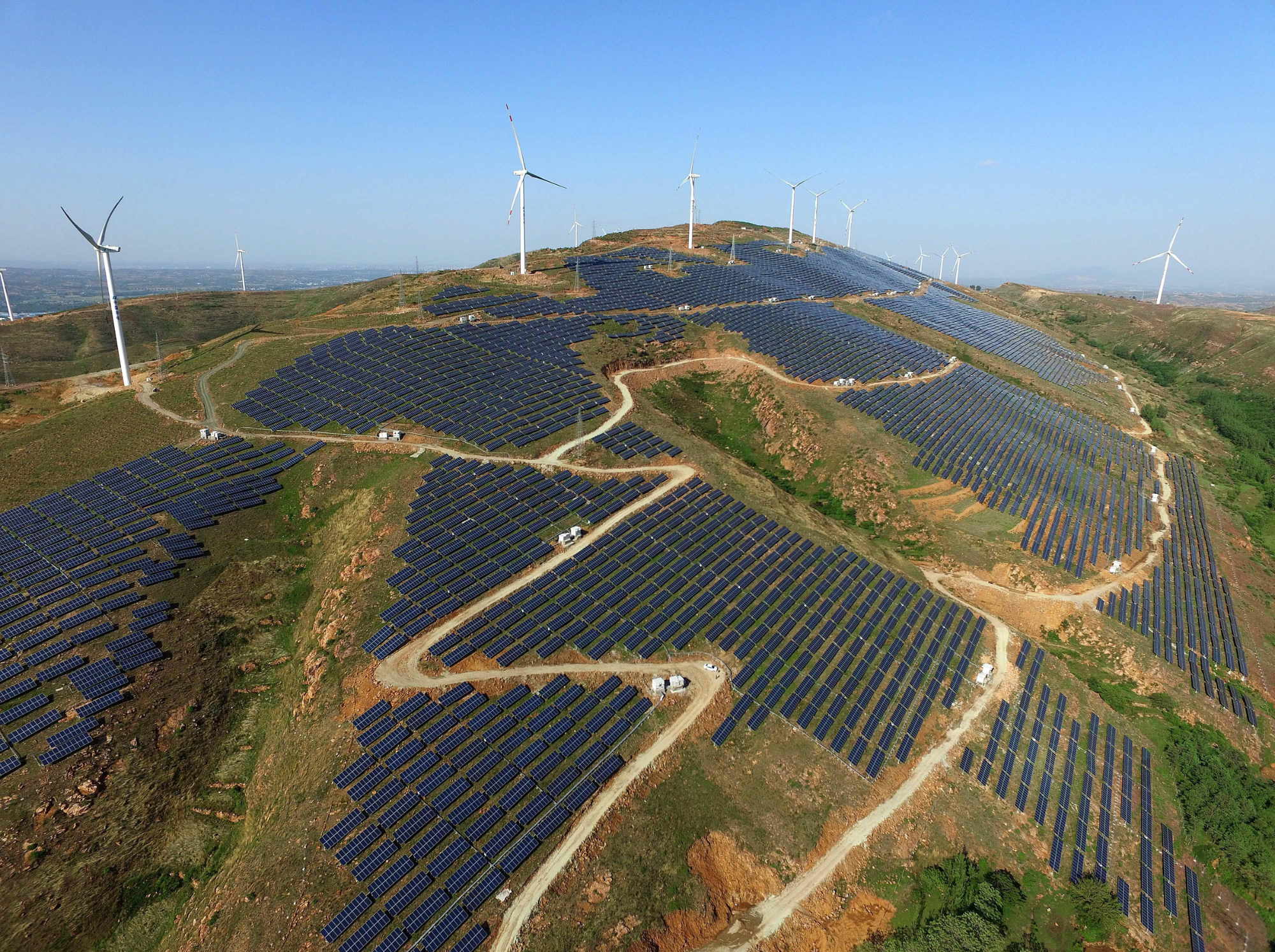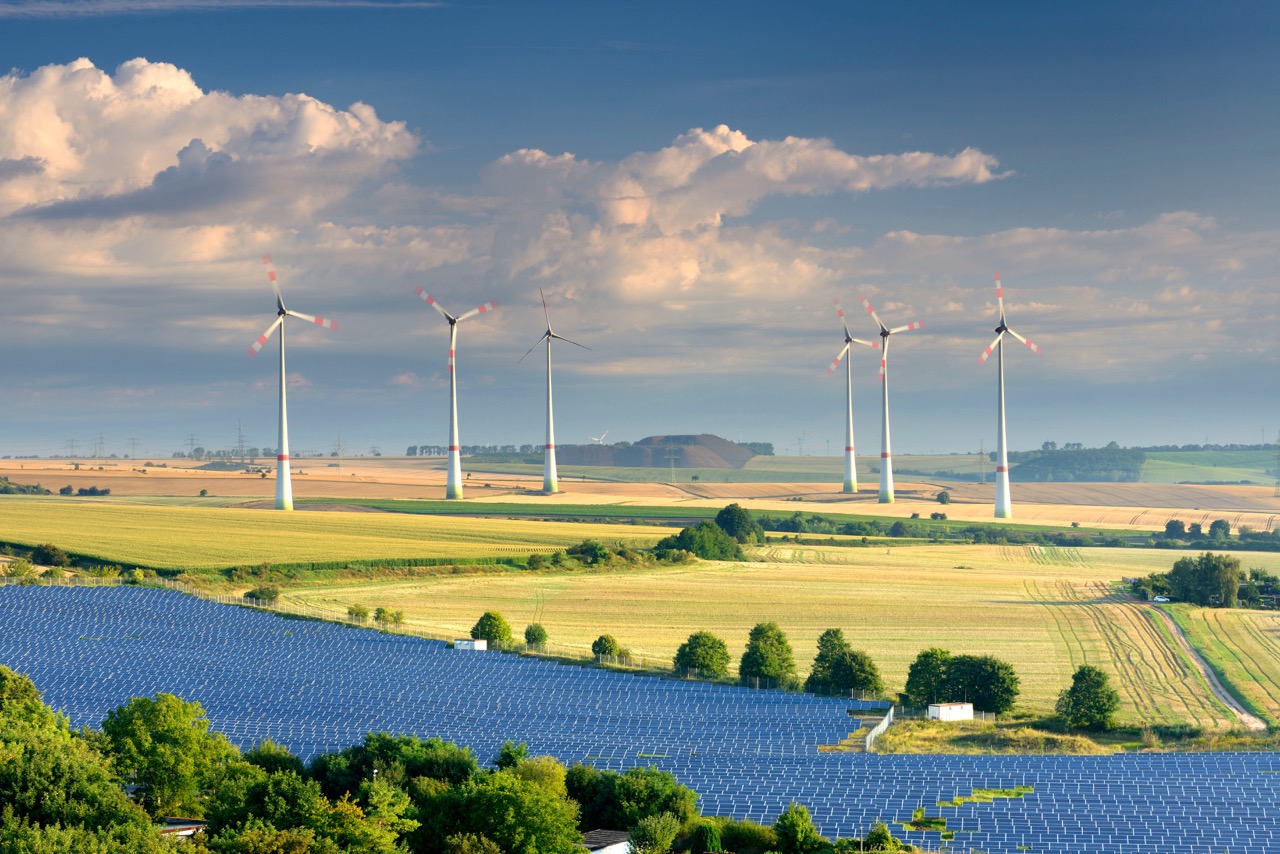
The EU’s Grid Policy Framework
Identifying expected actions, potential gaps and recommendations
The importance of expanding and modernising electricity grid infrastructure is growing rapidly as Europe strives for energy self-sufficiency through deploying home-grown renewables and stepping up electrification. The last two years have seen huge progress on grid policy in response to urgent stress signals in the form of congestion, renewables curtailment and long grid connection queues. The recently developed EU grid policy framework is a composite of various policy documents including grid specific initiatives, such as the Grid Action Plan of November 2023, and amendments to relevant legislative files, such as the revised Electricity Market Design.
Expectations for the 2024-2029 legislative cycle
The Council’s Strategic Agenda and Political Guidelines for the next European Commission clearly demonstrate that continued political prioritisation and increased investment in grids can be expected over the next legislative cycle. With the mandate of the new Energy Commissioner being developed, it is critical to investigate whether implementation of the newly set out EU grid policy framework will be sufficient to address the grid challenge, or if additional policies need to be created during the next EU mandate.
To answer this question, Ember reviewed recent policy (legislative and non-legislative) files on grids to provide a broad (non-exhaustive) overview of planned actions and identify potential gaps. These include: the EU Action Plan for Grids, the Council’s conclusions on advancing sustainable electricity grid infrastructure, the revised Electricity Market legislation, the revised Renewable Energy Directive and the EU Action Plan for Digitalising the Energy System. Our analysis identified over 80 action points to be implemented at both the European and Member State levels, summarised in the tables below. Our assessment concludes with three recommendations for the new EU Energy Commissioner.
Overview of the Existing Grid Policy Framework
Actions by the European Commission
The majority of the actions set out in existing policy related to grids fall under the responsibility of the European Commission. The Commission’s focus on grid infrastructure is wide in scope and also seeks to ensure deep stakeholder engagement as reflected in the Pact for Engagement.
While a number of actions assigned to the Commission specify target dates for completion, particularly those in the Grid Action Plan, many do not, which risks them not being carried out in a timely manner. For this reason, we recommend that the “Future Grids” task force develops a clear roadmap for the execution of all actions assigned to the Commission.
Actions by other EU Institutions
The analysed policies also establish objectives for other EU entities including the EU DSO Entity, the European Network of Transmission System Operators (ENTSO-E), the Agency for the Cooperation of Energy Regulators (ACER), and the High-Level Forum on European Standardization (Forum). Many of these actions are intended for relatively fast implementation for near-term impact, such as the publication of new research and best practices. Some have already been completed, such as best practices for Distribution Network Development Plans published by the EU DSO Entity.
Actions by the Member States
While the Grid Action Plan focuses exclusively on EU-level actions, many of the identified actions require implementation at the national level particularly those coming from the revised Electricity Market Design legislation and the Renewable Energy Directive. These are largely aimed at the National Regulatory Agencies and grid operators at transmission and distribution level. Implementing national reforms is critical to effectively overcome major barriers to grids.
Recommendations for the new EU Energy Commissioner
1. Establish the “Future Grids” Task Force to implement the existing grid policy framework
While establishing a policy framework for grid development is a positive step, it requires robust implementation efforts at all levels, from European institutions to national and regional contexts.
With the Commission responsible for many of the actions identified within the existing policy framework, an internal task force should be set up to ensure their timely and effective implementation. Channelling the actions, which are scattered across multiple dossiers, through a single task force will enable policy coherence and coordination across relevant Directorates-General (DGs) and departments within the Commission.
In this regard, we recommend that a dedicated task force be created within the Commission to efficiently deliver on its grid-related actions under existing policy. The task force would:
- Develop a clear roadmap for the execution of all actions assigned to the Commission by the existing policy framework;
- Coordinate actions across relevant DGs, such as DG GROW;
- Support and monitor the implementation of national policies for grids and measures to unlock the full potential of existing grid infrastructure, including the removal of barriers to energy storage;
- Enable key infrastructure projects through strategic steering, facilitating regional cooperation, and acting as a mediator between Member States and financing entities such as the European Investment Bank (EIB) and the European Bank for Reconstruction and Development (EBRD);
- Provide progress updates at the annual Copenhagen Infrastructure Forum;
- Report directly to the Energy Commissioner.
2. Establish a one-stop-shop at EU level to improve access to financing for grid projects
The EU already provides several financial instruments aimed at supporting grid infrastructure development and modernisation. However, the available funds remain underutilised in many countries, particularly by Distribution System Operators (DSOs) and smaller stakeholders due to administrative complexities and barriers to access.
To address these issues and facilitate grid investments, the Commission should set up a one-stop-shop that simplifies access to existing EU funds, reduces administrative burdens and improves uptake of funding opportunities. It would facilitate connections between grid operators and financing institutions, by organising meetings and coordinating discussions with investors, governments, and banks. In this manner, it will provide strategic matchmaking opportunities to align project developers with potential financiers, thereby optimising the use of available financial resources for grid investments.
Through its direct interactions with grid operators, this entity will also provide crucial input to the Commission and EIB on ways to de-risk initiatives (in line with the Council Conclusions), mobilise private funding and identify new financial tools and instruments (as outlined in the Grid Action Plan, Action 9).
3. Develop a Technical Toolbox to support the digitalisation of distribution grids
Digitalisation – the integration of digital technologies to improve the operation, management and planning of grids – brings a range of significant benefits for both grid users (consumers, industry, power generators, storage and flexibility providers) and operators, while also contributing to the development of the common European energy data space. It reduces grid operational costs, extends asset lifetimes and enhances the integration of renewable energy. With about 70% of future renewable generation and electricity storage expected to be connected to the distribution grid, a rapid digital transformation at these lower voltage levels is critical.
However, grid modernisation and digitalisation remain slow across many EU countries, hindered by technical factors such as legacy infrastructure, limited interoperability, and the lack of standardisation. The diversity of DSOs across the EU also presents a challenge – implementing highly customised solutions may be necessary but these tend to be difficult to scale and roll out EU-wide.
To accelerate the digitalisation process and address these challenges, a two-stage approach is proposed below. It is inspired by the successful strategy used for the development of energy communities, where local experimentation led to a broader, EU-wide framework.
- Targeted funding for pilot projects on grid digitalisation across various regions, especially those led by DSOs. These pilot projects will focus on addressing the technical challenges of integrating digital technologies with existing infrastructure and overcoming interoperability issues. This localised approach allows DSOs to experiment with innovative, customised solutions that reflect the specific needs of their grids while identifying organisational, human and economic barriers.
- Development of a Technical Toolbox: Out of these pilot projects, technical assistance would be provided to develop a comprehensive toolbox of best practices, interoperability technologies and standardisation guidelines that can be scaled across the EU. This toolbox will serve as a resource for DSOs, addressing both technical and organisational barriers. This approach ensures that lessons learned from pilot projects are shared widely and adapted to local needs, while standardised practices ensure scalability and consistency across the EU.
Acknowledgements
Header Image
High-voltage electricity line in the Gotteskoog polder, Schleswig-Holstein, Germany
Credit: imageBROKER.com GmbH & Co. KG / Alamy Stock Photo
Related Content





